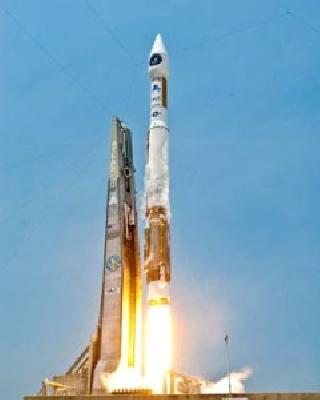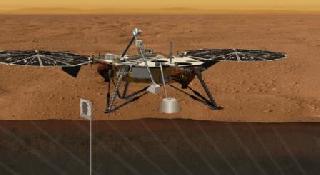
The Atlas V rocket lifts off with the first GEO-1 Space Based Infrared System (SBIRS). A Lockheed photo
CAPE CANAVERAL (BNS): The US Air Force has launched a new military satellite into space that will provide warning against missile attacks.
The first-of-its-kind spacecraft, called the first geosynchronous (GEO-1) Space Based Infrared System (SBIRS), was put into orbit on Saturday by an Atlas 5 rocket.
The unmanned rocket lifted off from the Cape Canaveral Air Force Station, Florida at 2:10 p.m. EDT (1810 GMT) and put the satellite in the designated orbit.
The Lockheed Martin-built satellite was originally scheduled to blast off on Friday, but cloudy weather prevented the launch.
“Today’s successful launch is a tribute to the hard work, dedication and unmatched expertise of the entire government and industry SBIRS team. I am proud of the women and men who have worked on this spacecraft, and am confident the nation will be proud of its performance on orbit,” said Brig Gen (select) Roger W. Teague, the US Air Force’s Infrared Space Systems Directorate director.
“SBIRS GEO-1 represents the dawn of a new era in overhead persistent infrared surveillance that will greatly improve our national security for years to come,” the official said.
The new satellite, equipped with highly sophisticated scanning and staring sensors, has been built to provide significantly improved missile warning capabilities while supporting other critical missions simultaneously including missile defence, technical intelligence and battlespace awareness.
The USAF plans to operate four satellites under the SBIRS programme. It aims to use the SBIRS systems to protect its territory and troops from global and theater ballistic missile attacks.
 Previous Article
Previous Article Next Article
Next Article













The Indian Air Force, in its flight trials evaluation report submitted before the Defence Ministry l..
view articleAn insight into the Medium Multi-Role Combat Aircraft competition...
view articleSky enthusiasts can now spot the International Space Station (ISS) commanded by Indian-American astr..
view article